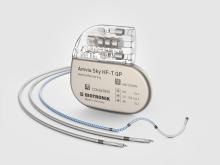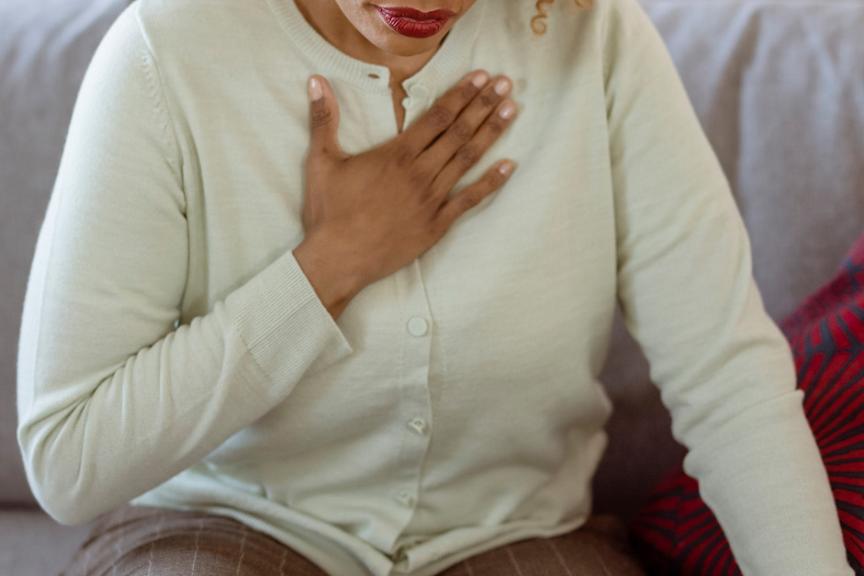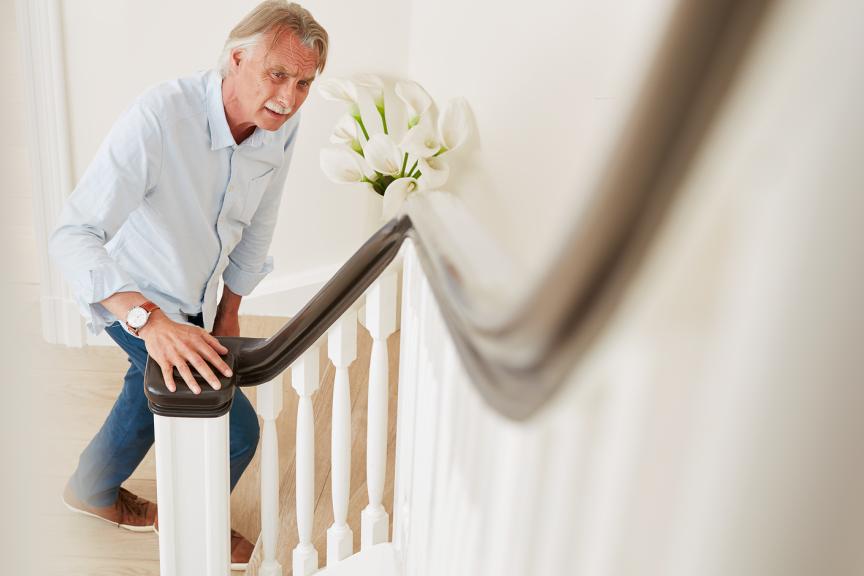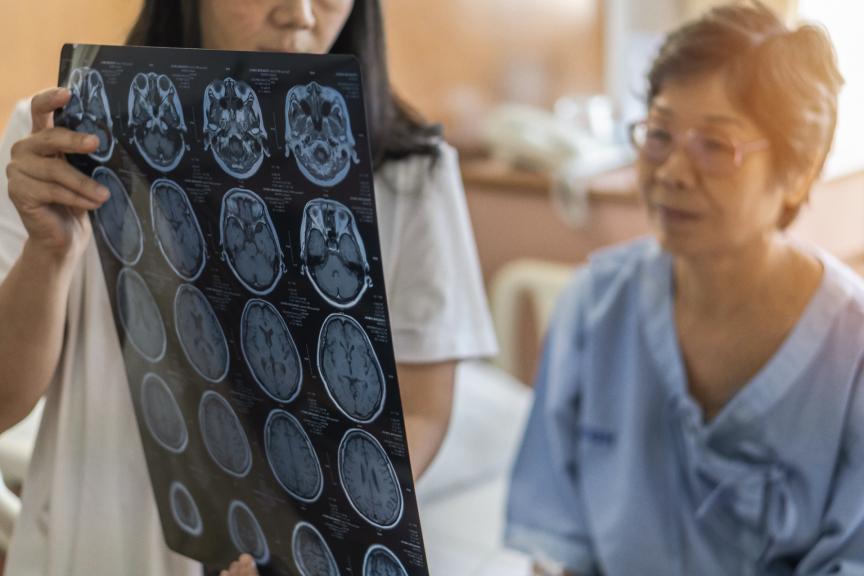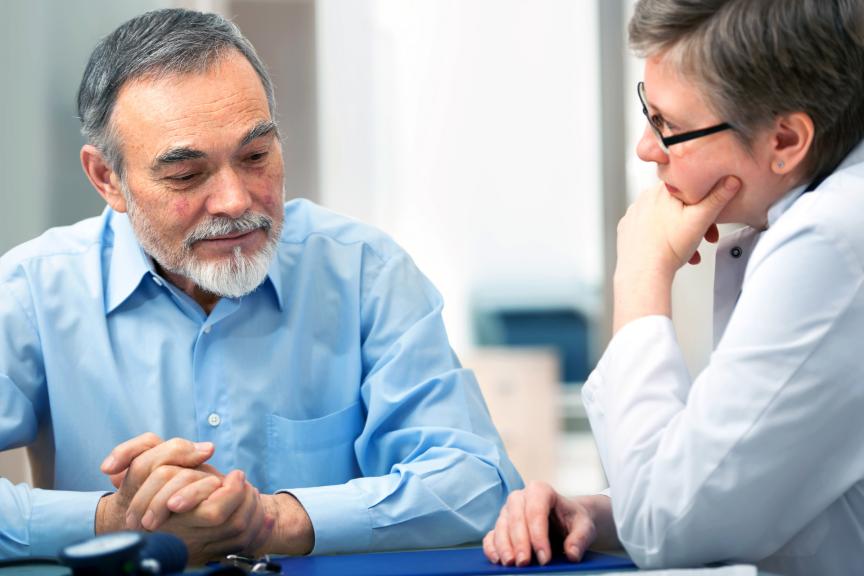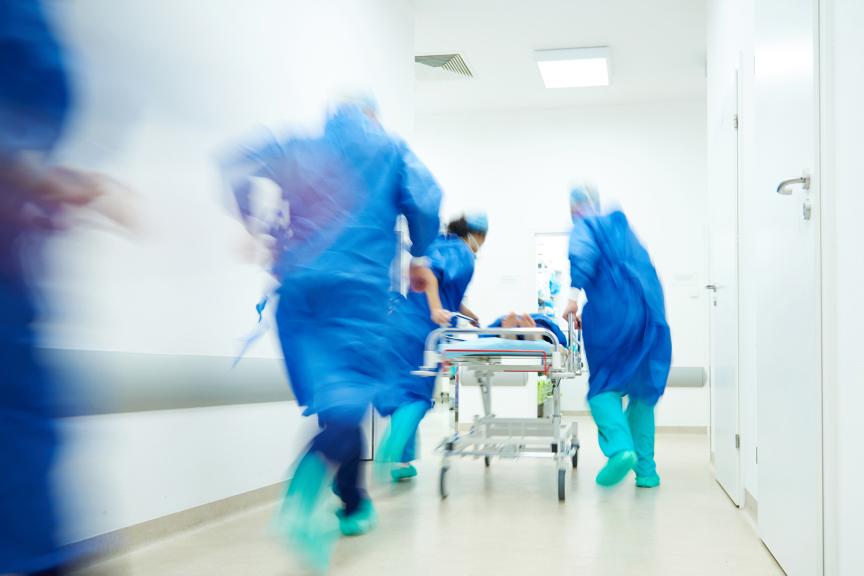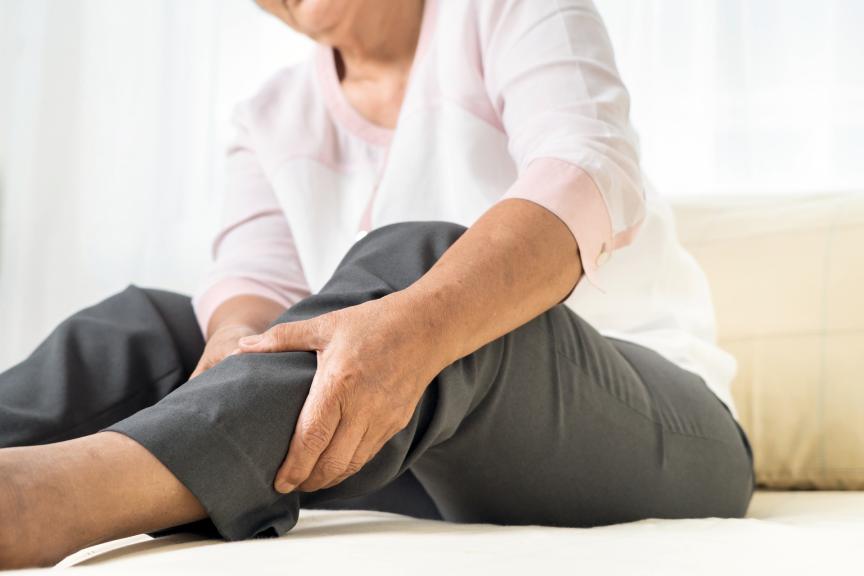Conditions
Cardiovascular diseases are the leading cause of death globally. Therefore, it is important to watch out for early signs, to get check-ups regularly, to lead an active, healthy lifestyle and to treat the disease when it occurs. The following pages introduce you to the most common heart diseases. Please see your doctor should you be concerned about having a heart disease.
